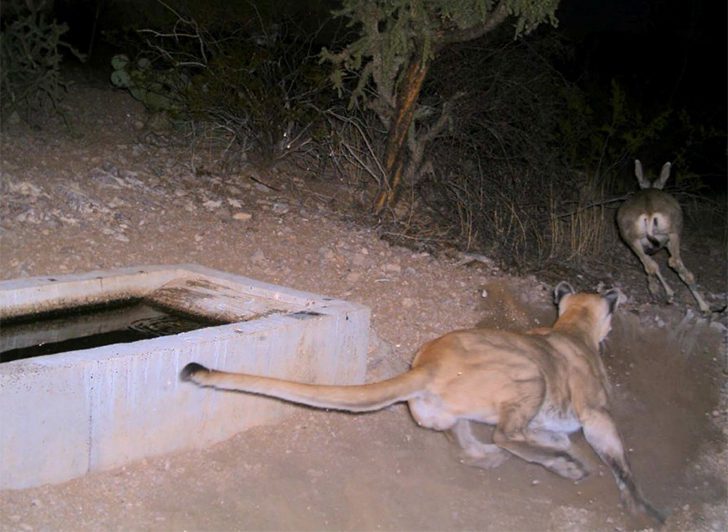After-Dark Encounters: The 40+ Trail Cam Pics That Reveal the Woods’ Secrets
Survival of the Fittest at the Well

How do deer manage to survive in the wild with so many predators lurking around? It’s a tough life for these graceful creatures, and one lucky deer was recently captured sprinting for its life in Arizona’s White Tank Mountain Regional Park. From flying squirrels to mountain lions, it seems like deer are always someone’s target.
But don’t be too concerned about the deer population in Arizona; despite the constant danger, they’re doing pretty well. According to Deer Friendly and Wildlife Informer, there are around 190,000 deer in the state, compared to only 2,700 mountain lions. So they manage to hold their own in the grand scheme of things.

You must be logged in to post a comment Login